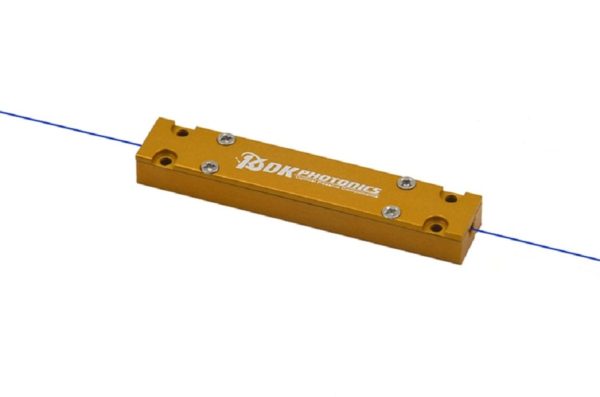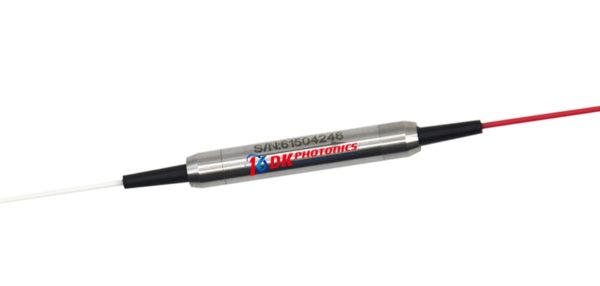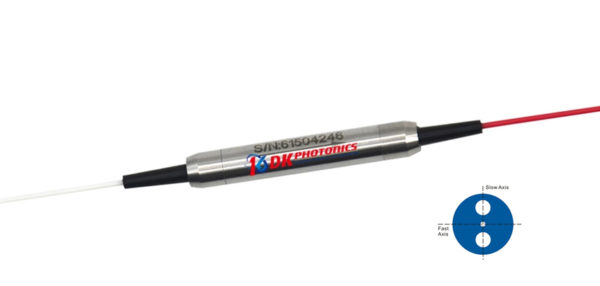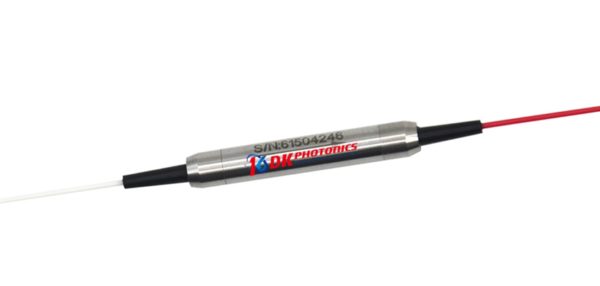The configuration of a particular DCFLS (double cladding fiber laser system) is generally schematically arranged. The fiber is cladding-pumped by high power diode stacks which then spread and amplify the pump light. High reflector and output coupler fiber Bragg gratings are usually etched on the fiber. It is best for a system that has all light signals transmit in the core and inner cladding where all pumping light is core-absorbed.

But, there always some unwanted light exists in reality. CPS, also known as cladding power stripper is an important component of the fiber optic systems which is used to remove this typical unwanted light and distribute the heat, initiated by that unwanted light.
The unwanted light spreading all over the cladding actually consists of the main three parts mentioned below.
Amplified spontaneous emission (ASE)
Residual pump light at the gain fiber’s end
Core light getting leaked or reflected inside the cladding
Prior to the output of light, the unwanted light has to be eliminated so that it would use unused space optics of a complicated laser system. The unwanted light gets converted into heat and this heat may lead to heated up optics and the core light would not be able to focus nicely. Moreover, the heat may also burn or damage the system’s important components or deteriorate the function when multiple systems are combined together for greater efficiency.
In double cladding fiber laser systems, the unwanted optical power and light must be reduced so that the output light gains higher beam quality. Several kinds of research have been done to strip that light from the cladding. Removing the originally there fluoroacrylate jacket and coating the fiber with a high index polymer can literally strip residual light of more than a hundred watts. Fabrication using a suitable etching method successfully cleared the test and stated that it offers good behavior instability so that it can be used in the applications with higher power laser systems.
All such researches successfully eliminated the unwanted light and the crucial work after that light gets converted into heat. Some of the researches also provided a cooling method of their tests, including cooling water based plate and air cooling. But because the output power of DCFLS increases, the traditionally used cooling methods could not stand the harsh heat.
Apart from there functions, there are manufacturers who can provide you with cladding power stripper of all kind of double Clad fiber where cladding power can reach up to 500W. If you couldn’t find a standard CPS that fulfills your needs, you can provide your desired specification to a reliable manufacturer and get a quote for a custom CPS. Requests for custom fiber type, operation handling power operation, varying wavelengths, and other specific requirements will be addressed quickly.



